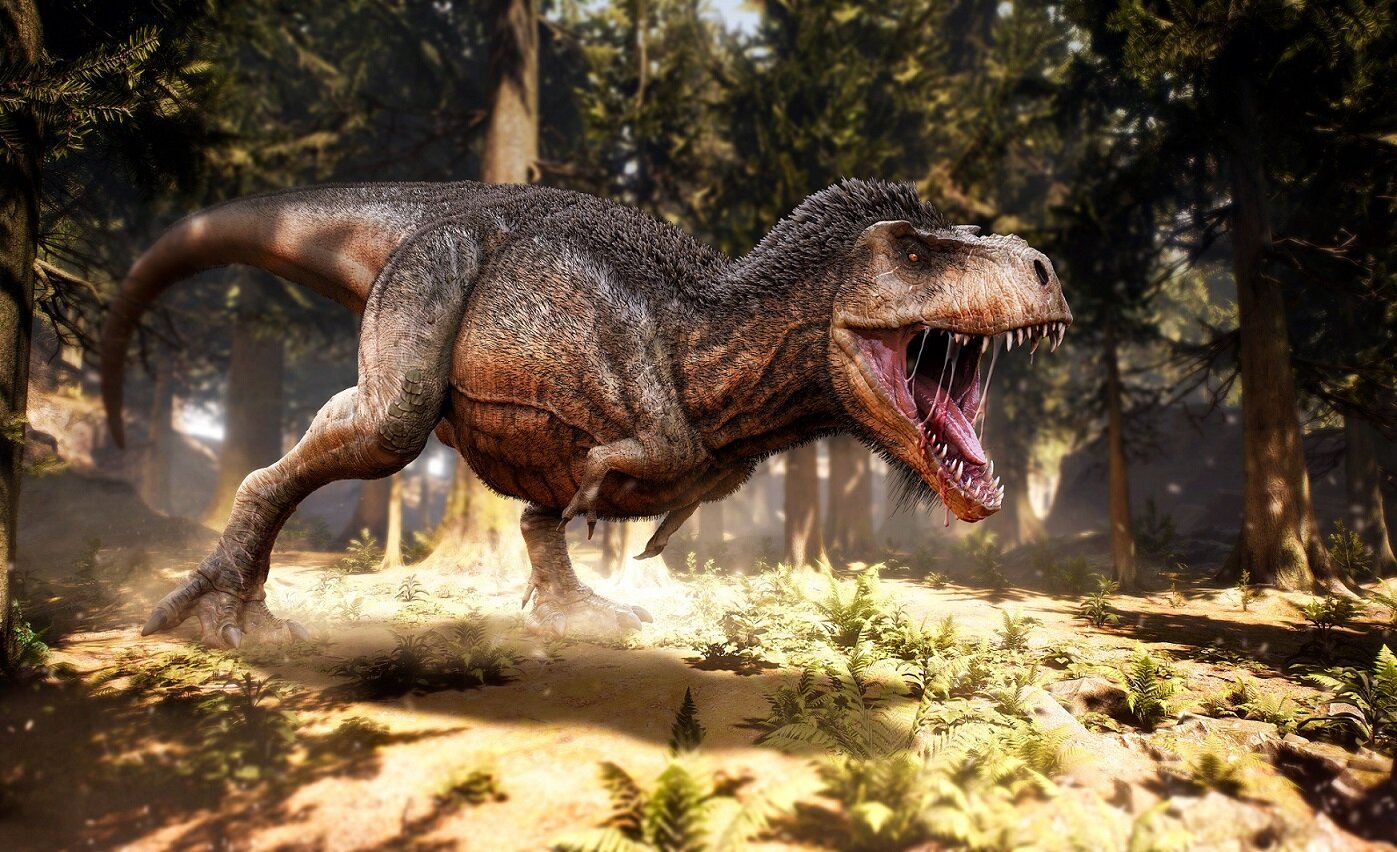Scientists from the institute of Dinosaur Research at the Japanese Fukui Prefectural University took a closer look at the jaws of the Tyrannosaurus rex, and it turns turned out that it wasn't simply an enormous carnivorous beast with a large bite; it also possessed nerve sensors in the very points of its jaw, allowing it to locate (and consume) its prey more effectively.
New: follow us on Bluesky
Image Credit: Herschel Hoffmeyer via Shutterstock / HDR tune by Universal-Sci
The researchers studied a fossilized jaw of a Tyrannosaurus rex found in modern-day Montana. Using CT scans, they visualized the internal structure of the jaw. They then compared it to the insides of the jaws of crocodiles, birds, and other dinosaurs such as Triceratops to better understand the imaged structure.
The first author of the paper, Dr. Soichiro Kawabe, stated that the team's findings revealed that the nerves in Tyrannosaurus Rex's mandible (jaw region) are more intricately dispersed than those in any other dinosaur examined so far. They are somewhat equivalent to those in modern-day crocodiles and tactile-foraging birds, which have highly acute senses.
This suggests that T. Rex was sensitive to minor changes in substance and movement, implying that it was able to distinguish various portions of its prey and consume them differently depending on the scenario.
Tyrannosaurus snout sensitivity may not have been as high as that of crocodilians because, unlike current crocodiles, Tyrannosaurus snout lacked the dense neural tissue that fills the neurovascular canal.
Nonetheless, the sensitivity of Tyrannosaurus' snout was significantly higher than that of the ornithischian dinosaurs examined in this study.
The distribution of nerves in the mandible of Tyrannosaurus as hypothesized by the science team (orange). - Image Credit: Historical Biology - Complex neurovascular system in the dentary of Tyrannosaurus)
According to Kawabe, these new findings alter our perception of the voracious colossus. T. rex didn't have calloused jaws that would bite into anything or anybody. Instead, the dinosaur's jaws were fitted with nerves, allowing it to locate and devour its prey more effectively. As a result, T. rex was a far more dangerous predator than previously imagined.
The team published their findings in the science journal: Historical Biology. If you are interested in more details, be sure to check it out, it is listed below.
Sources and suggested further reading:
Complex neurovascular system in the dentary of Tyrannosaurus (Historical Biology)
Scientists discovered that the total number of T-rexes that once roamed the earth might be in the billions (Universal-Sci)
A new study implies Tyrannosaurs lived in social groups (Universal-Sci)
The Proto-Wing Puzzle: How Dinosaurs Shaped the Future of Flight (Universal-Sci)
If you enjoy our selection of content, consider subscribing to our newsletter
FEATURED ARTICLES:











